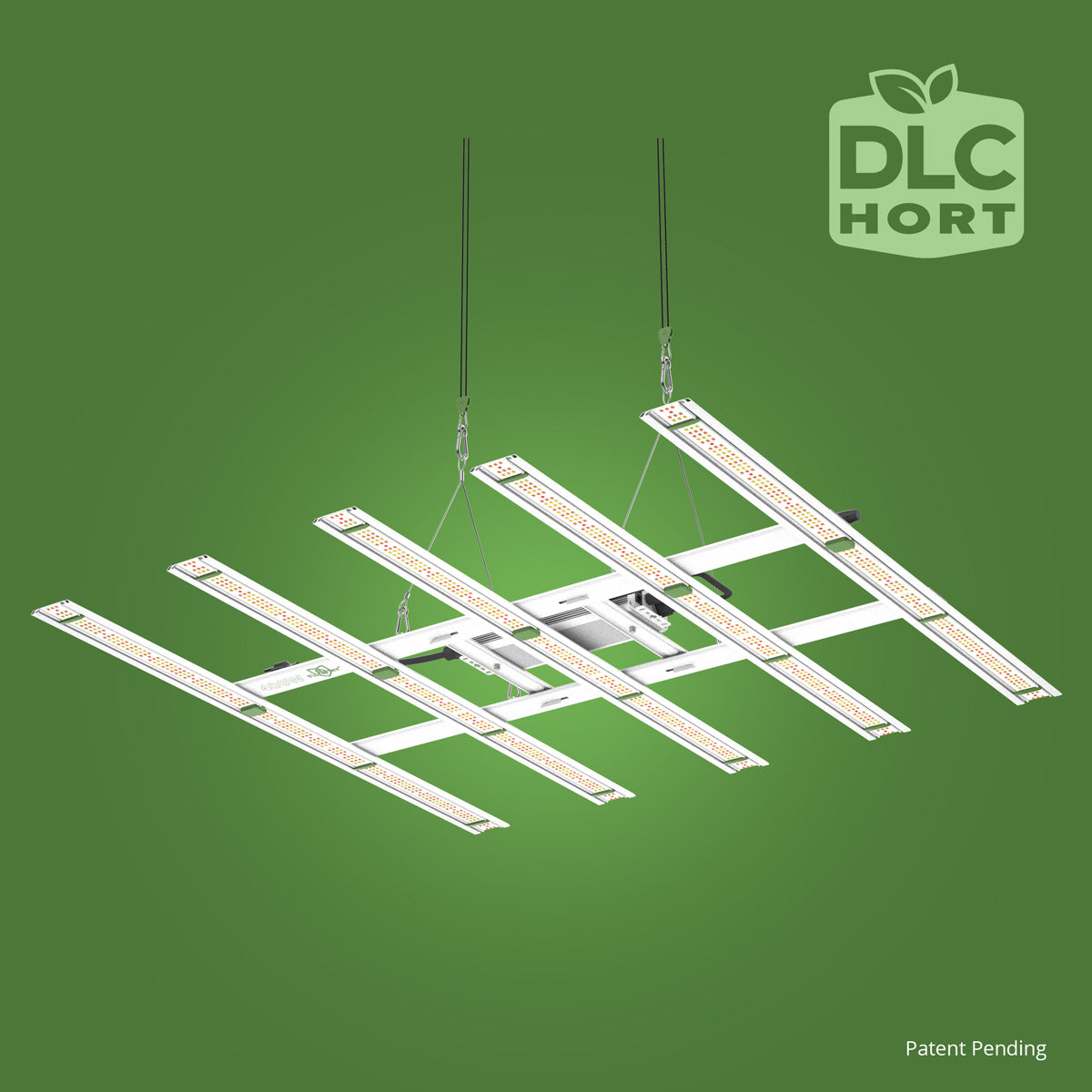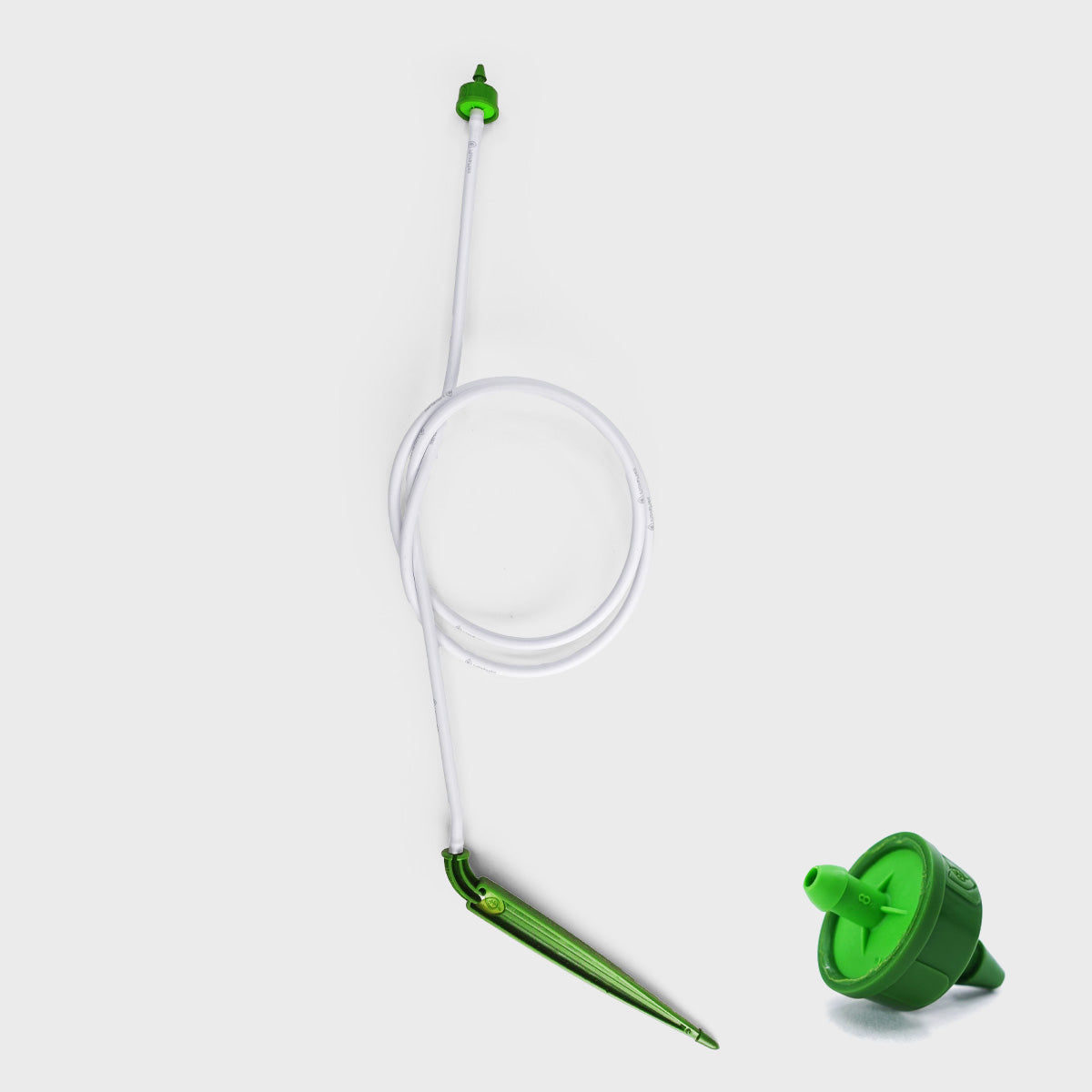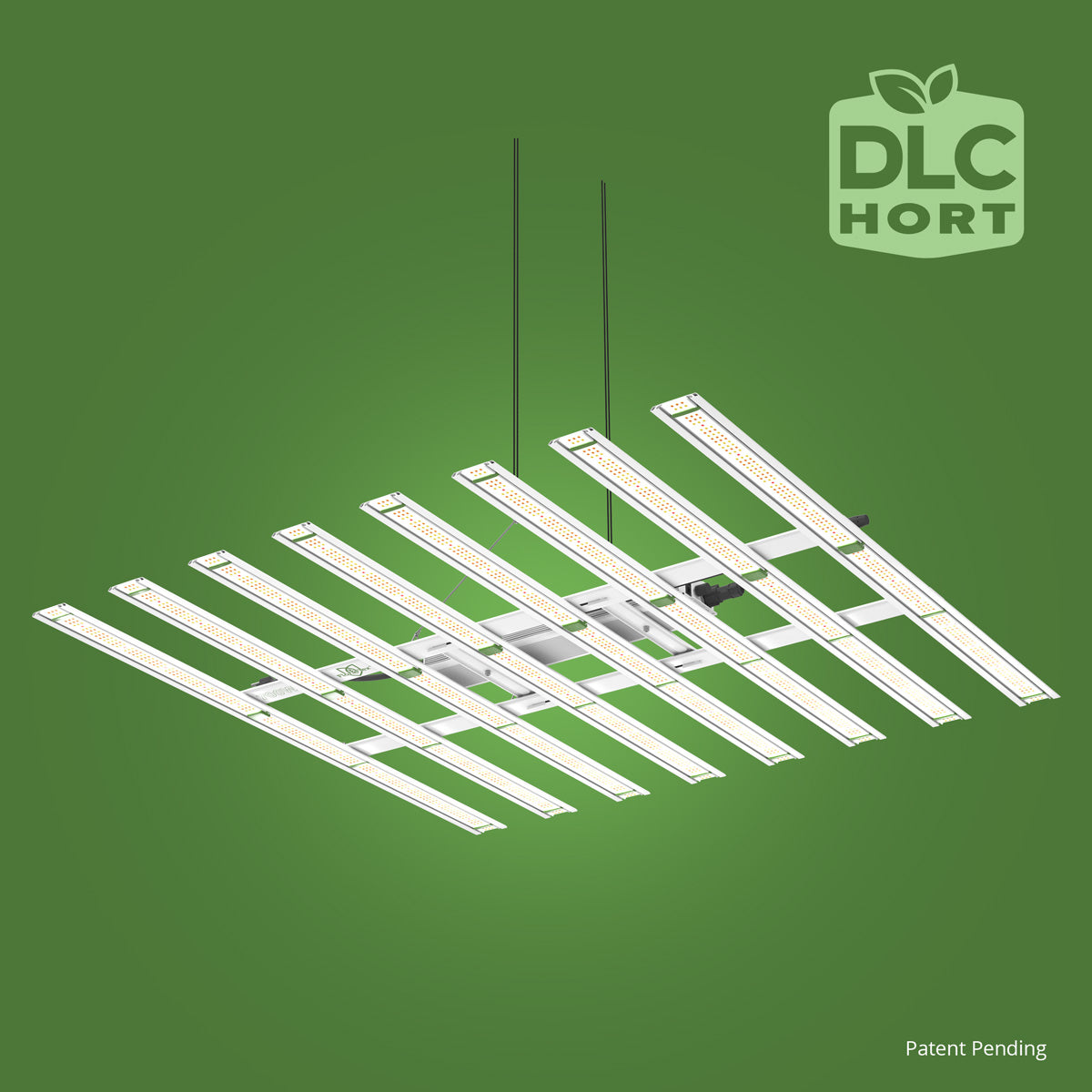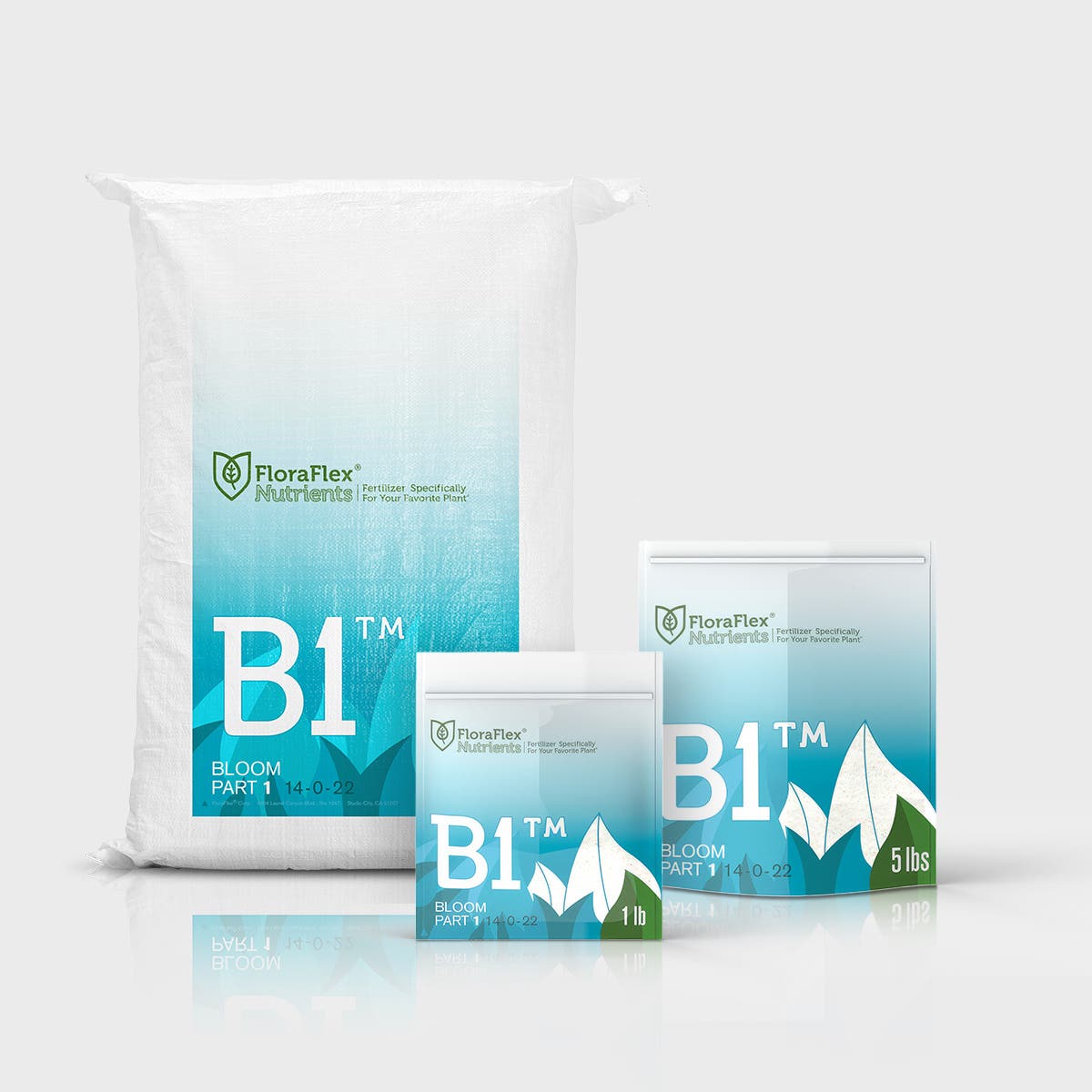Agriculture Drip Irrigation: Efficient Watering for Sustainable Farming
Agriculture is the backbone of our society, providing us with food, fiber, and raw materials. As the global population continues to grow, the demand for agricultural products is on the rise. However, traditional irrigation methods often lead to water wastage, inefficient water distribution, and increased energy consumption. To address these challenges, farmers are increasingly adopting drip irrigation, a revolutionary technique that optimizes water usage and enhances crop productivity. In this article, we will explore the concept of agriculture drip irrigation, its benefits, components, design considerations, installation process, maintenance tips, and best practices.
Introduction to Drip Irrigation
Drip irrigation, also known as micro-irrigation or trickle irrigation, is a method of applying water directly to the roots of plants in a slow and steady manner. Unlike traditional flood irrigation, which covers the entire field with water, drip irrigation delivers water precisely where it is needed, minimizing losses due to evaporation, runoff, and deep percolation. This targeted approach ensures that plants receive an adequate water supply while conserving water resources.
Benefits of Drip Irrigation
Water Conservation
One of the primary advantages of drip irrigation is its remarkable water efficiency. By delivering water directly to the plant's root zone, drip systems minimize evaporation and surface runoff, resulting in significant water savings compared to traditional irrigation methods. Studies have shown that drip irrigation can reduce water usage by up to 50% while maintaining or even increasing crop yields.
Increased Crop Yield
Drip irrigation provides plants with a consistent and uniform water supply, ensuring optimal growth and productivity. The controlled delivery of water and nutrients promotes healthier root development, leading to stronger plants and higher crop yields. Additionally, the localized application of water prevents weed growth between rows, minimizing competition for resources and further enhancing crop productivity.
Weed Control
Weeds compete with crops for water, nutrients, and sunlight, leading to reduced yields. Drip irrigation systems are designed to water only the plants and not the spaces in between, thereby depriving weeds of the necessary moisture to grow. This targeted watering technique reduces the need for herbicides and manual weed control, making drip irrigation an environmentally friendly option.
Fertilizer Efficiency
Drip irrigation enables precise and efficient fertilizer application, minimizing nutrient losses and maximizing plant uptake. Fertilizers can be injected directly into the irrigation system, delivering nutrients directly to the root zone. This method ensures that plants receive the necessary nutrients at the right time, resulting in improved fertilizer efficiency and reduced environmental impact.
Components of a Drip Irrigation System
To understand how drip irrigation works, let's take a closer look at its key components:
Drip Lines
Drip lines, also known as drip tubing or drip tape, are the main conduits through which water is delivered to the plants. These lines consist of flexible tubes with evenly spaced emitters, allowing water to drip slowly and uniformly along the length of the line. Drip lines come in various sizes and materials, and their selection depends on factors such as soil type, crop type, and water source characteristics.
Emitters
Emitters regulate the flow rate of water from the drip lines to the plants. They are designed to deliver water in precise quantities and at controlled intervals. Emitters can be pressure-compensating or non-pressure-compensating, each with its own advantages depending on the topography and layout of the field.
Filters
Filters play a crucial role in drip irrigation systems by preventing clogging of the emitters and drip lines. They remove debris, sediment, and other impurities from the water, ensuring uninterrupted water flow and optimal system performance. Filters can be screen filters, disc filters, or sand media filters, and their selection depends on the water quality and specific filtration requirements.
Pressure Regulators
Pressure regulators maintain a consistent and appropriate pressure level within the drip irrigation system. They ensure that the emitters operate at the desired pressure, preventing excessive water flow or pressure fluctuations that could damage the system. Pressure regulators help maintain uniform water distribution across the field, regardless of variations in the water source pressure.
Designing a Drip Irrigation System
Designing an efficient drip irrigation system requires careful planning and consideration of various factors. Here are the key steps involved in designing a drip irrigation system:
Determining Water Requirements
Before designing a drip irrigation system, it is essential to assess the water requirements of the crops being grown. Factors such as crop type, growth stage, evapotranspiration rates, and soil characteristics must be considered. This information helps determine the optimal flow rate and irrigation schedule for the system.
Layout and Spacing
The layout and spacing of the drip lines depend on the crop spacing, bed configuration, and field topography. Proper spacing ensures that each plant receives sufficient water and nutrients, promoting uniform growth and maximum crop yield. The design should account for any slope variations and provide adequate coverage for the entire field.
Selecting the Right Components
Choosing the appropriate drip lines, emitters, filters, and pressure regulators is crucial for the system's effectiveness and longevity. Factors such as water quality, soil type, and field conditions influence the selection of components. Working with an experienced supplier or irrigation specialist can help ensure the right components are chosen for the specific requirements of the farm.
Calculating Flow Rates
Accurate calculation of flow rates is essential for designing an efficient drip irrigation system. It involves determining the flow rate required for each drip line, considering factors such as crop water requirements, field size, and system pressure. Proper flow rate calculations ensure optimal water delivery and prevent over or under-irrigation.
Installing a Drip Irrigation System
Once the design is finalized, it's time to install the drip irrigation system. Here is a step-by-step guide to the installation process:
Preparation of the Field
Before installing the drip lines, the field should be properly prepared. This involves clearing any debris, leveling the field, and removing obstacles that could interfere with the installation process. It's important to ensure that the soil is adequately moist and ready for planting before installing the system.
Laying the Drip Lines
Start by laying the main supply line along the field perimeter, connecting it to the water source. Then, extend the lateral lines across the field, making sure they are properly aligned and secured. Attach the drip lines to the lateral lines, ensuring a tight connection. Care should be taken to avoid kinks or excessive tension that could damage the lines.
Placement of Emitters
Position the emitters at the base of each plant, ensuring they are securely attached to the drip lines. The spacing between emitters depends on the crop requirements and should be consistent throughout the field. Take care to place the emitters close to the root zone to maximize water absorption and minimize losses.
Connecting Filters and Regulators
Install the filters and pressure regulators at appropriate locations in the system. Connect the filters between the water source and the main supply line to prevent clogging of the emitters. Similarly, attach pressure regulators to maintain consistent pressure levels within the system. Proper installation of these components ensures reliable system performance and longevity.
Maintenance and Troubleshooting
To ensure the optimal functioning of a drip irrigation system, regular maintenance and troubleshooting are necessary. Here are some key maintenance tasks to perform:
Regular Inspections
Periodically inspect the drip lines, emitters, filters, and pressure regulators for any signs of damage, clogging, or malfunction. Look for leaks, blockages, or worn-out components that may affect the system's performance. Early detection and timely repairs can prevent costly damage and maintain efficient water distribution.
Flushing the System
Flushing the drip lines and emitters is crucial to remove any accumulated sediment, mineral deposits, or organic matter that could lead to clogging. Flushing should be done at the beginning and end of each irrigation season, as well as whenever clogging is suspected. Proper flushing helps maintain uniform water distribution and prevent emitter blockages.
Repairing Leaks
Leaks in the drip lines or faulty connections can lead to water wastage and inefficient irrigation. Regularly check for leaks and repair them promptly to conserve water and ensure optimal system performance. Replace damaged or worn-out components as needed to prevent further leakage or system failure.
Cleaning Filters
Clean the filters regularly to remove debris and sediment that could clog the system. Follow the manufacturer's instructions for cleaning and maintenance. Regular filter cleaning helps maintain water quality, prevent emitter blockages, and prolong the lifespan of the drip irrigation system.
Best Practices for Drip Irrigation
To make the most of a drip irrigation system, consider the following best practices:
Mulching
Apply a layer of organic mulch around the plants to conserve moisture, suppress weed growth, and regulate soil temperature. Mulching helps retain soil moisture and reduces evaporation, resulting in water savings and healthier plants.
Monitoring Soil Moisture
Regularly monitor the soil moisture levels to ensure that plants receive adequate water. Use moisture sensors or manual observation to assess soil moisture content. Adjust the irrigation schedule based on the specific crop needs and prevailing weather conditions.
Irrigation Scheduling
Develop an irrigation schedule based on the water requirements of the crops and the soil's water-holding capacity. Consider factors such as plant growth stage, evapotranspiration rates, and weather conditions. Proper scheduling prevents under or over-irrigation, optimizing water usage and promoting healthy plant growth.
Proper Fertilizer Application
Coordinate fertilizer application with the irrigation schedule to ensure efficient nutrient uptake by the plants. Adjust the fertilizer quantities based on crop requirements and regularly monitor soil nutrient levels. Proper nutrient management enhances crop productivity and reduces the risk of nutrient leaching.
Conclusion
Drip irrigation is a game-changer in the world of agriculture, offering a sustainable and efficient way to irrigate crops. By delivering water directly to the plant's root zone, drip irrigation minimizes water wastage, enhances crop yields, and promotes water and energy conservation. Understanding the components, design considerations, installation process, and maintenance tips is crucial for harnessing the full potential of drip irrigation. By adopting best practices and leveraging the benefits of drip irrigation, farmers can achieve optimal water usage, increased productivity, and long-term sustainability.
FAQs
1. Can drip irrigation be used for all types of crops? Yes, drip irrigation can be used for various crops, including vegetables, fruits, field crops, and ornamental plants. The system can be customized to meet the specific water requirements of different crops.
2. Is drip irrigation suitable for all soil types? Drip irrigation is compatible with a wide range of soil types, including sandy, loamy, and clayey soils. However, soil characteristics such as permeability and water-holding capacity should be considered when designing a drip irrigation system.
3. How does drip irrigation save water compared to traditional irrigation methods? Drip irrigation delivers water directly to the plant's root zone, minimizing losses due to evaporation, runoff, and deep percolation. This targeted approach ensures that water is used efficiently, resulting in significant water savings compared to traditional irrigation methods.
4. Can I automate a drip irrigation system? Yes, drip irrigation systems can be automated using timers or sensors. Automation allows for precise control over irrigation schedules, ensuring that plants receive water at the optimal times and quantities.
5. Are there any government incentives or programs for adopting drip irrigation? Many governments and agricultural agencies offer incentives, subsidies, and educational programs to promote the adoption of water-efficient irrigation methods like drip irrigation. Check with your local agricultural authorities for any available programs or financial support.








